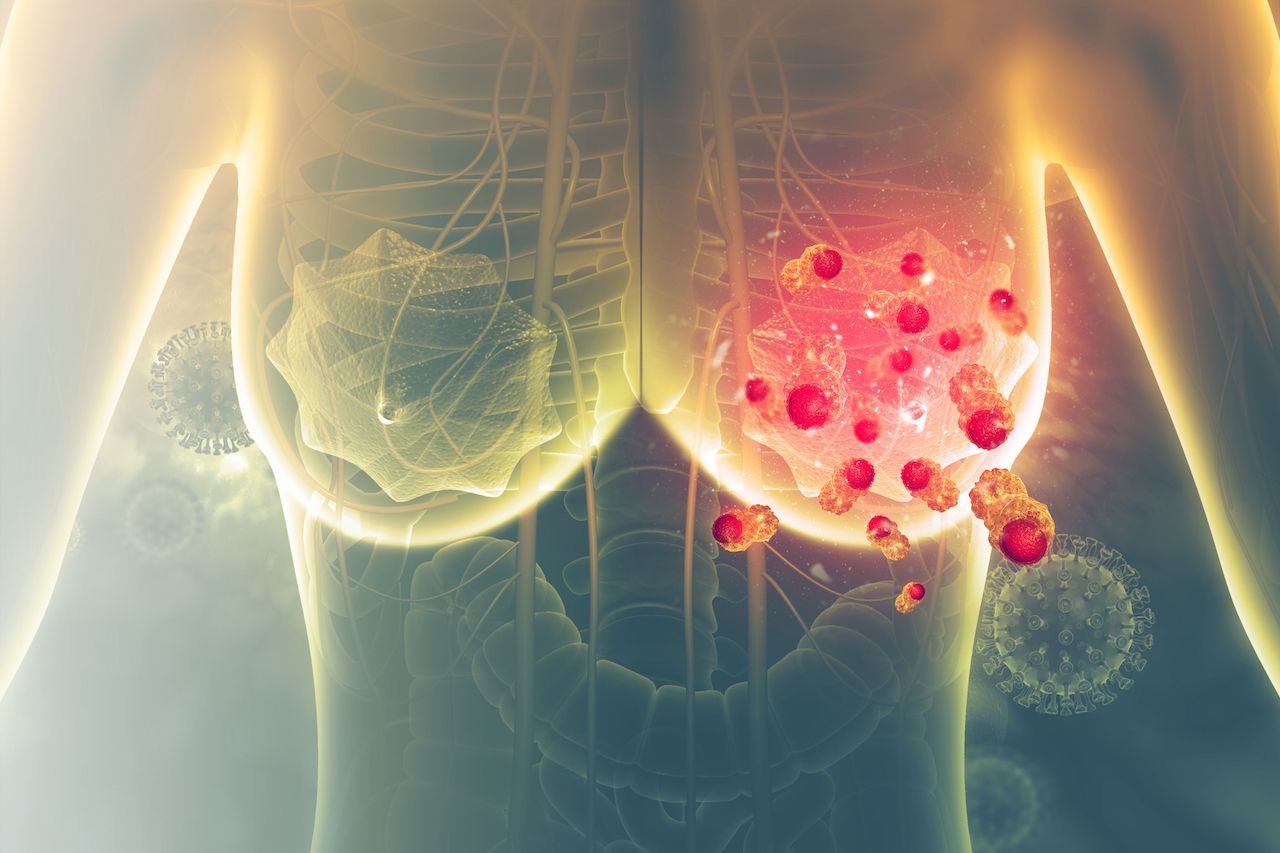Article
Genetic Testing May Benefit Older Women With Breast Cancer
Author(s):
The 2 main criteria that warrant genetic testing for breast cancer in women are age and having a family history of cancer. Postmenopausal women without any hereditary risk factors, however, often do not undergo genetic testing for the disease.
The 2 main criteria that warrant genetic testing for breast cancer in women are age and having a family history of cancer. Postmenopausal women without any hereditary risk factors, however, often do not undergo genetic testing for the disease, even after the disease is newly diagnosed.
“There’s been a lot of controversy in the field as to whether every woman with breast cancer should receive genetic testing,” stated Allison Kurian, MD, MSc, associate professor of medicine and of epidemiology and population health at Stanford, “in part because we didn’t know how prevalent cancer-associated mutations are in this largest subgroup of newly diagnosed people.”
Through its Women’s Health Initiative, researchers from Stanford University set out to investigate if these women, all between the ages of 50 and 79 years and who were recruited to participate from 1993 to 1998, could benefit from genetic testing. Their results were recently published in JAMA.
The breast cancer—associated genes most people tend to be familiar with are BRCA1 and BRCA2. The Stanford researchers, however, performed germline genetic testing (for inherited mutations) on the occurrence of pathogenic variants (PVs) in not only these genes, but 26 others as well, including ATM, CHEK2, PALB2, and BARD1. The women they studied did not have a family history of breast cancer but did (n = 2195; the study cohort) or did not (n = 2322; the control group) receive a diagnosis of invasive breast cancer as of September 20, 2017. The median ages were 73 and 81 years, respectively, at final follow-up.
Overall, PVs were found in 68% more women in the study cohort compared with the control group: 6.74% (95% CI, 5.73%-7.87%) versus 4.01% (95% CI, 3.24%-4.88%; P <.001), respectively. And for any breast cancer gene, PVs were found among the women with breast cancer at a rate that was more than twice that among the women without, at 3.55% (95% CI, 2.82%-4.42%) compared with 1.29% (95% CI, 0.87%-1.84%; P <.001). In addition, PVs for BRCA1 and BRCA2 totaled 2.21% (95% CI, 0.82%-4.76%) of those in the study cohort who received their diagnosis before age 65 and 1.09% (95% CI, 0.67%-1.68%) among those in this group older than 65 years.
National Comprehensive Cancer Network testing guidelines for PVs for BRCA1 and BRCA2 were met by 30.8% of the study group and 20% of the control group. For other breast cancer genes, these numbers came in at 34% and 16%, respectively.
“These data on the prevalence of PVs in breast cancer susceptibility genes among postmenopausal women should inform testing guidelines. Among postmenopausal patients with breast cancer, PV prevalence may be high enough to warrant testing even in the absence of early diagnosis age or family history,” they concluded.
The researchers recommend discussing possible risk factors for breast cancer among family members of women who undergo genetic testing post diagnosis and receive positive results. But they still caution that their results may not be generalizable to all women in the United States because participation in the Stanford Women’s Health Initiative is voluntary.
Reference
Kurian AW, Bernhisel R, Larson K, et al. Prevalence of pathogenic variants in cancer susceptibility genes among women with postmenopausal breast cancer. JAMA. 2020;323(10):995-997. doi: 10.1001/jama.2020.0229.





